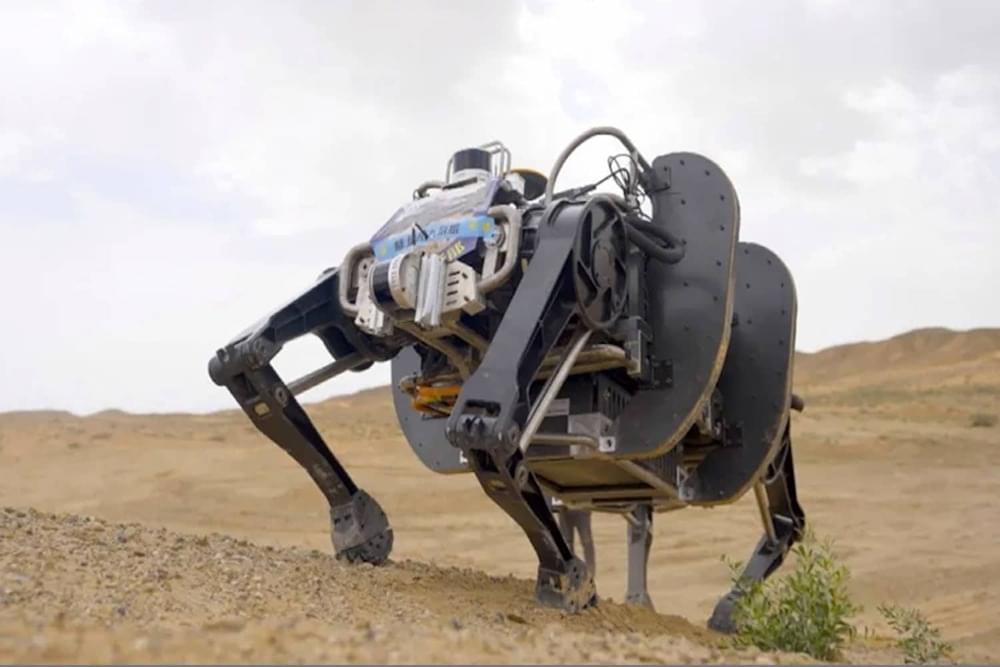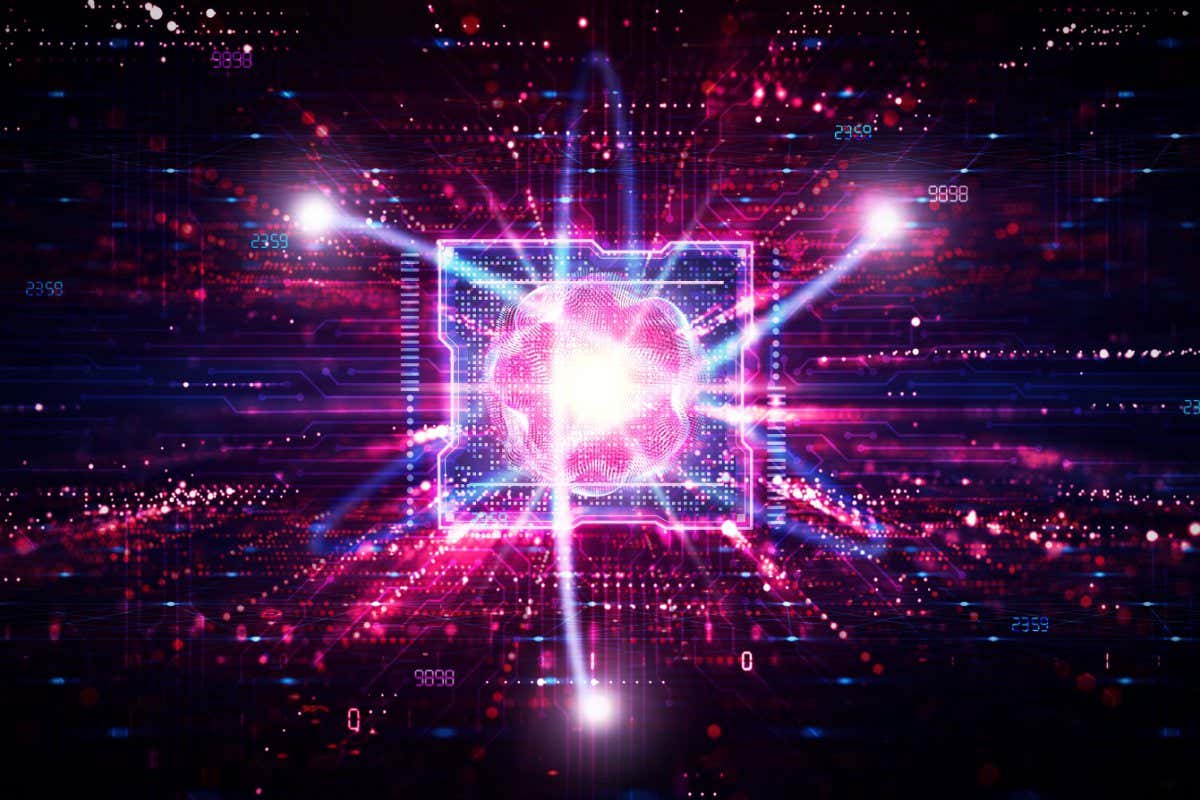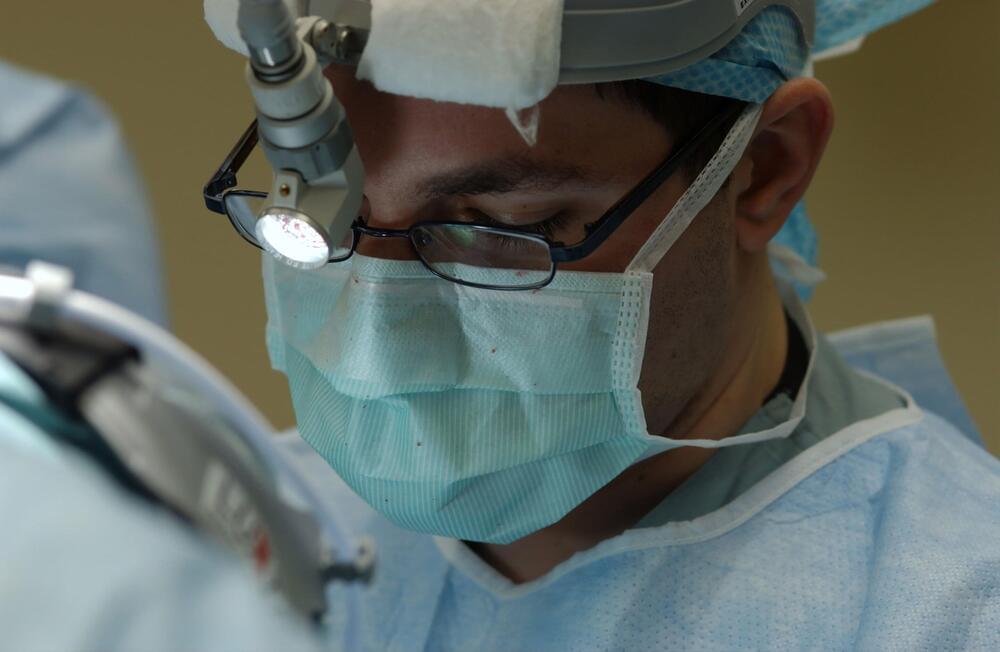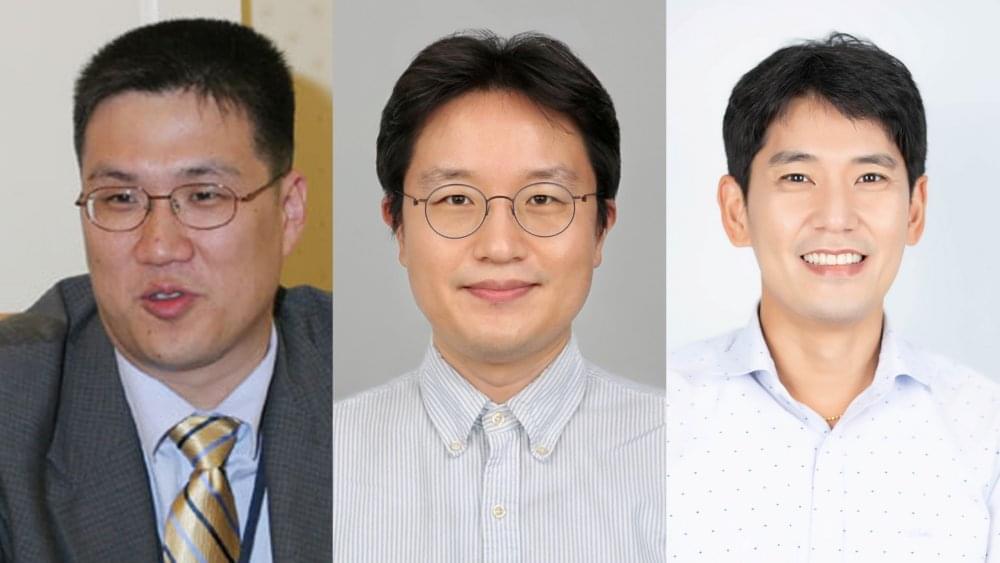China has developed the world’s largest electrically-powered quadruped bionic robot to assist the military on logistics and reconnaissance missions. This comes as the latest in China’s push to become a global leader in robotics by 2025 and also, of course, in military tech.
Walking on four legs and boasting a yak-like appearance, the robot is not only huge but powerful, smart, and surprisingly agile. It can move forward and backward and can perform a series of unexpected movements, such as jumping, running, turning, or walking diagonally.
This mechanical beast is strong enough to carry up to 350 pounds (160 kg) and can sprint at 6 mph (10 km/h). The robot is more than half the height of an adult when walking, and its length is about twice its height. Thanks to an unconscionable 12 sets of joint modules, it even sprints and dashes and jumps high without losing its footing.






